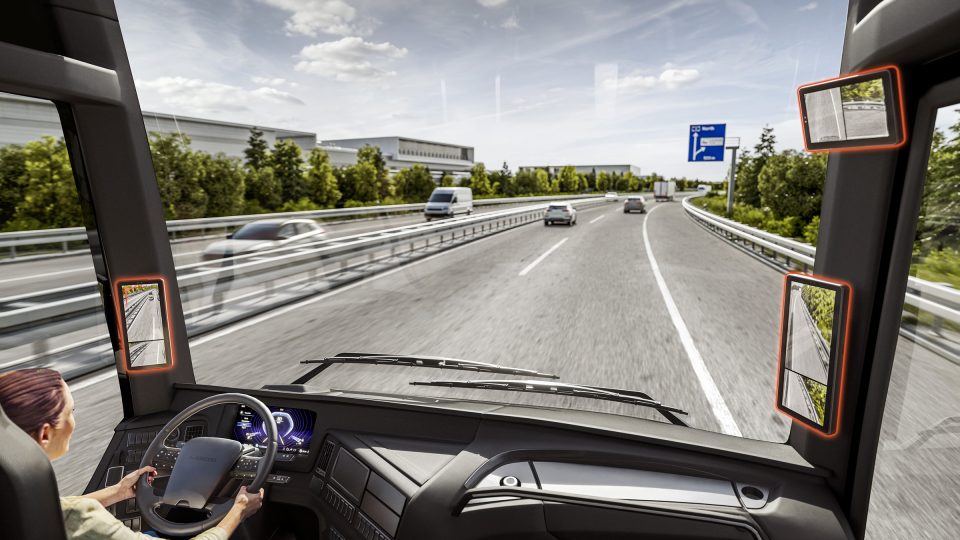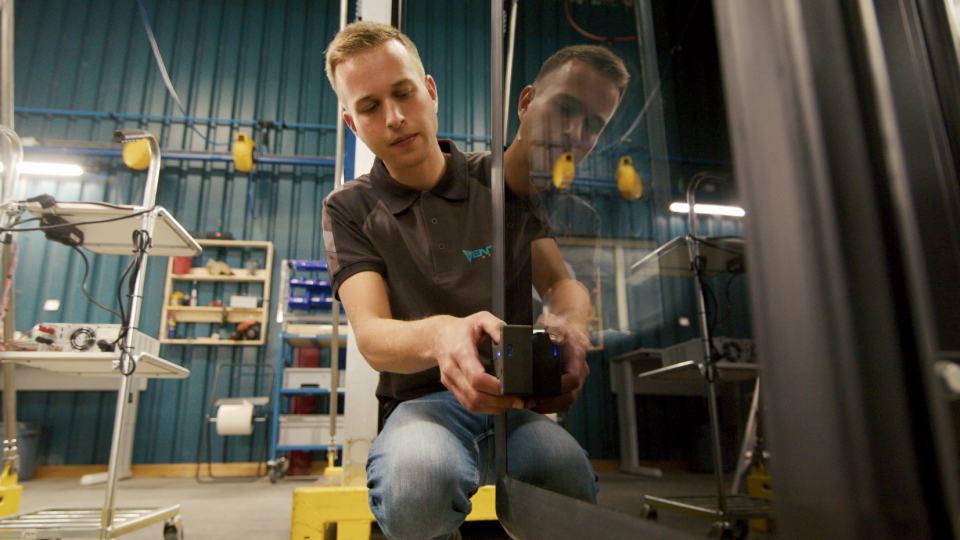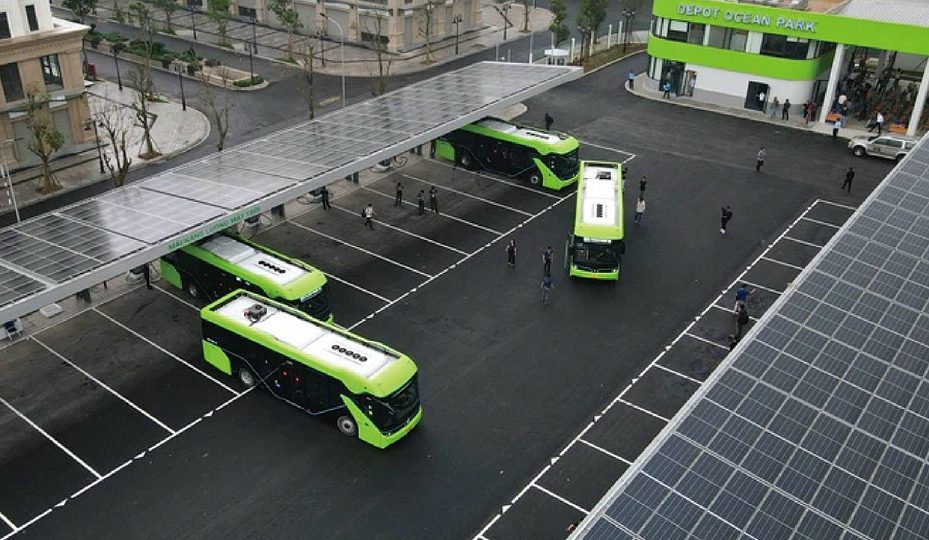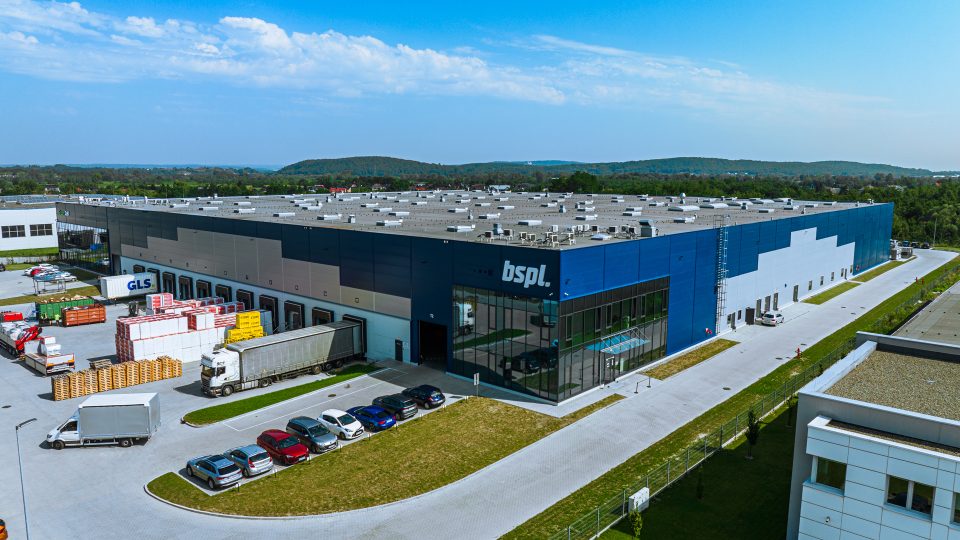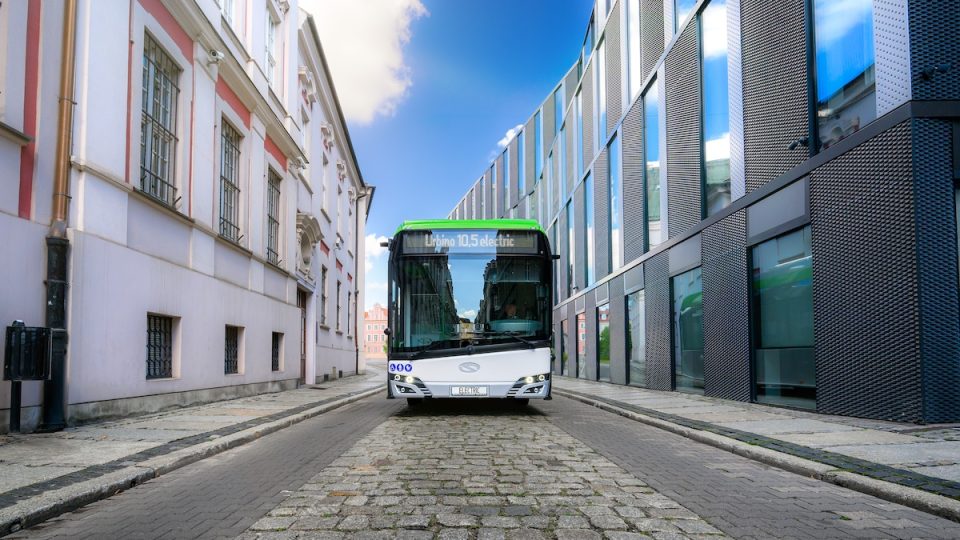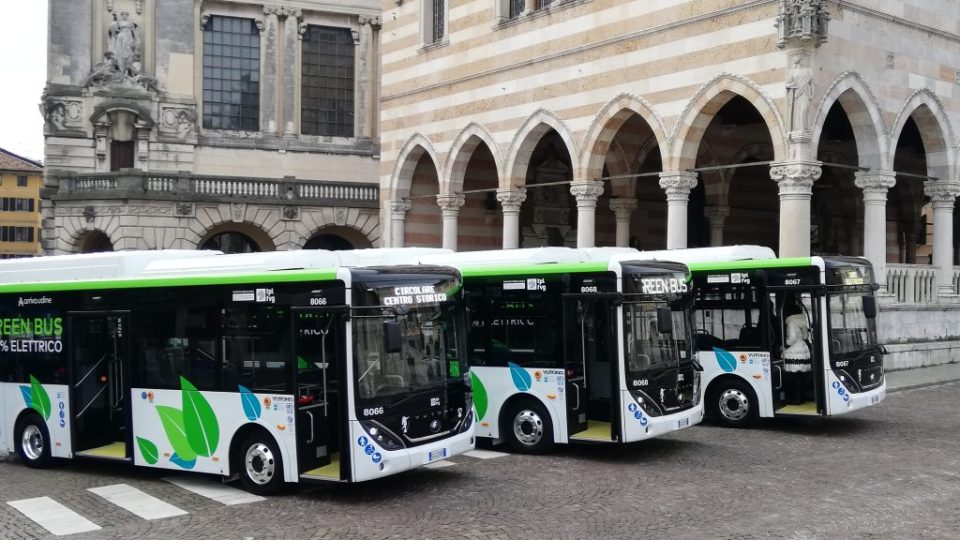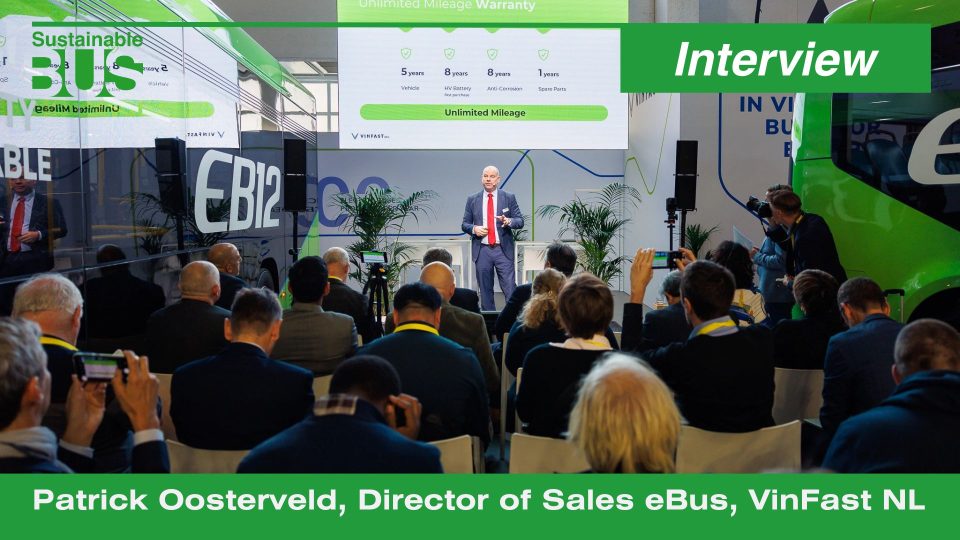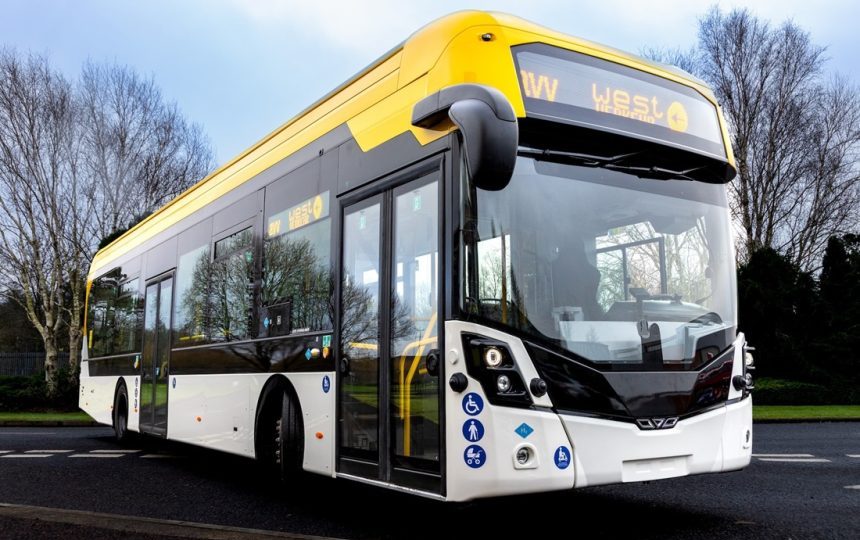The potential (and momentum) of BRT: The New York Times advocates the role it may play in reshaping public transport
“If you’ve ridden a bus in the United States, you may have come to the same conclusion as many Americans: They’re slow. They’re unreliable. And, if you have the choice, there are probably better ways to get around. Politicians and transit agencies have long ignored buses, which disproportionately serve lower income people, in favor of […]
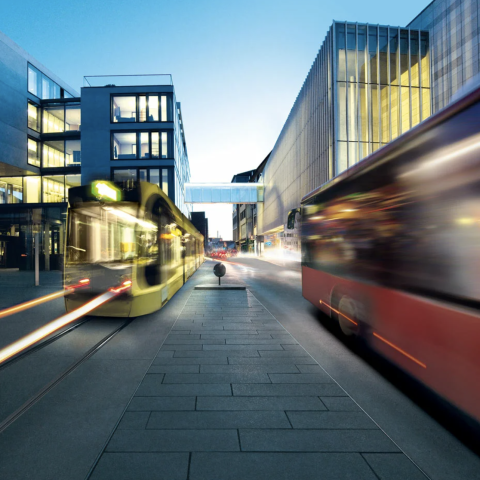
“If you’ve ridden a bus in the United States, you may have come to the same conclusion as many Americans: They’re slow. They’re unreliable. And, if you have the choice, there are probably better ways to get around. Politicians and transit agencies have long ignored buses, which disproportionately serve lower income people, in favor of road construction and rail projects that tend to cater to wealthier passengers. But in the past decade, some have turned to modernizing an old idea: Bus Rapid Transit — a set of tools and changes to technology, road design and route planning that, when combined, can supercharge buses, making them faster and more reliable”.
This article was published in our newsletter Next Stop, where we try to help giving a better perspective on what is going on in the mobility world.
Can check the newsletters’ archive HERE.
And sign up HERE
The one above is the incipit of an article by The New York Times, out in late 2023, “Could Better Buses Fix Your Commute?”, a must read that highlights the challenges faced by bus transportation in the United States and advocate for the implementation of Bus Rapid Transit systems as a solution.
BRT itself ultimately isn’t really an engineering challenge, it’s really a political and cultural challenge. But you don’t just build a BRT line. By painting lanes and building stations, you’re making a statement about the kind of city you want to be
Sadik-Khan, transit advisor and former New York City transportation commissioner, on The New York Times
The New York Times advocates for BRT adoption
BRT has recently been defined by U.S. Transportation Secretary Pete Buttigieg as “ the fastest-growing transit mode for a good reason”. And the global organization of public transport UITP acknowledged that “BRT is one of the biggest innovations the bus domain has ever seen”.
The trends towards BRT system is happening all around the world. In Dakar, Senegal, the first BRT system in sub-Saharian Africa has just been inaugurated. The World Bank is widely committed in investing in BRT projects (on the list there are cities such as Abidjan, Côte d’Ivoire; Douala, Cameroon; Kampala, Uganda; Kumasi, Ghana; Maputo, Mozambique; and Ouagadougou, Burkina Faso). BRT systems have been launched or planned in diverse cities such as Genoa, Mexico City, Madrid, just to mention a little few.
BRT systems are also receiving renewed attention in the MENA region: take UITP’s word for it! (the same UITP has launched in early 2023 the EU project eBRT2030, seeking to support sustainable urban transport by proposing innovative solutions for electric Bus Rapid Transit).
FTA fundings bet a lot on BRT
Despite their disadvantages, buses are the most widely used form of transit in the United States, accounting for nearly half of all transit trips.
New York Times thesis is easy: BRT can make buses faster, more reliable, and attractive to a broader range of passengers. The article suggests that investing in BRT can be a cost-effective and flexible solution compared to traditional heavy infrastructure projects like rail systems.
Interestingly enough, “Out of the 61 transit projects currently up for funding by the Federal Transit Administration, 40 are classified as BRT”, the NYT reports.
As a matter of fact, “Improving bus systems also allows cities to take advantage of infrastructure the U.S. has already invested hundreds of billions of dollars in: roads”.
“BRT itself ultimately isn’t really an engineering challenge, it’s really a political and cultural challenge,” said Sadik-Khan, transit advisor and former New York City transportation commissioner. “But you don’t just build a BRT line. By painting lanes and building stations, you’re making a statement about the kind of city you want to be.”

